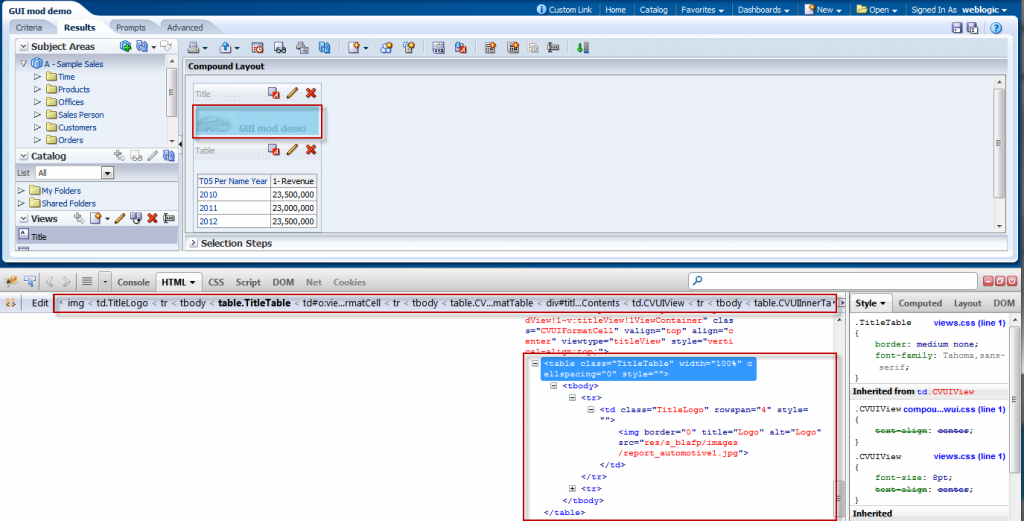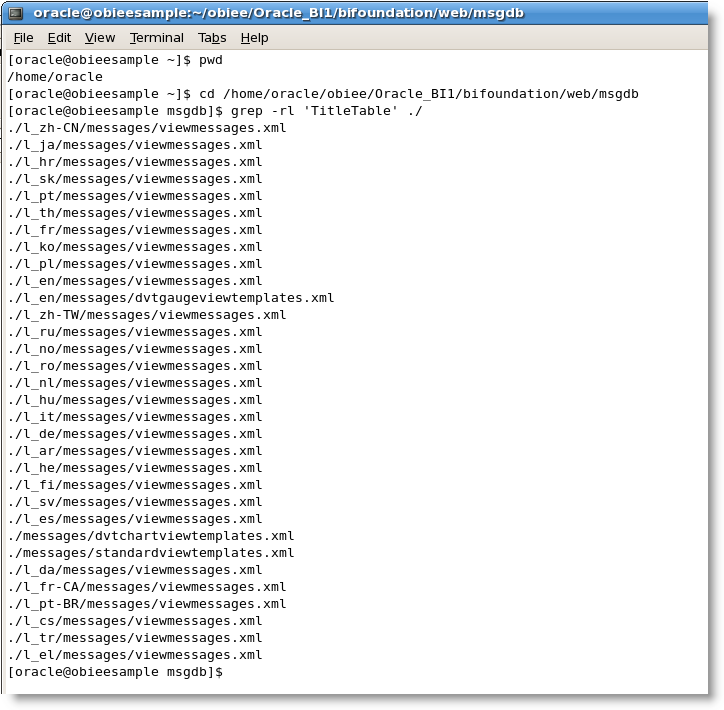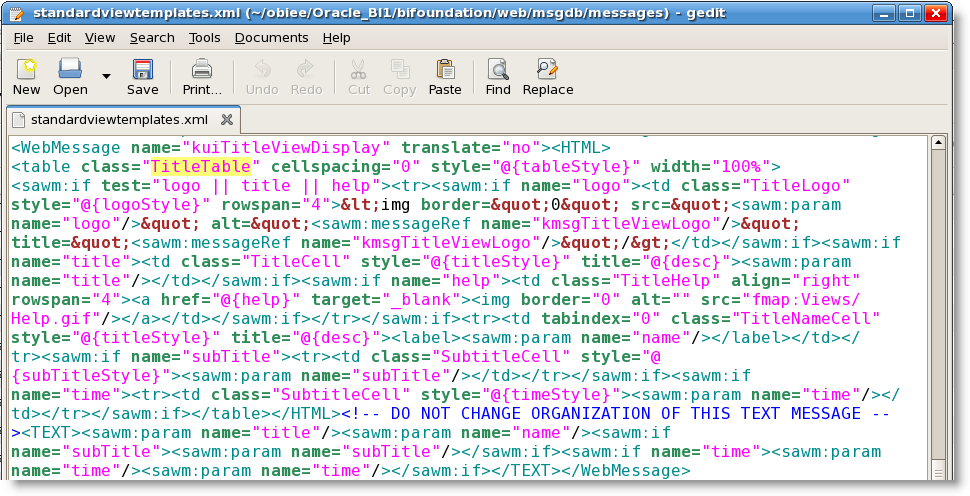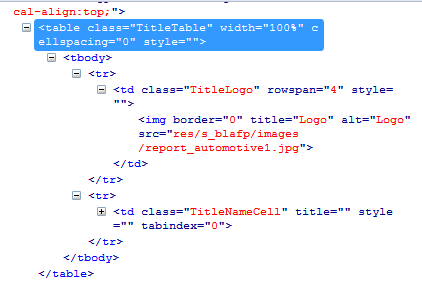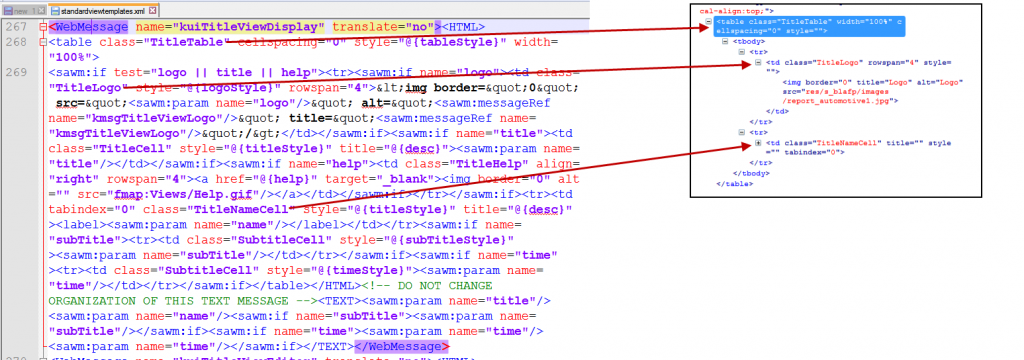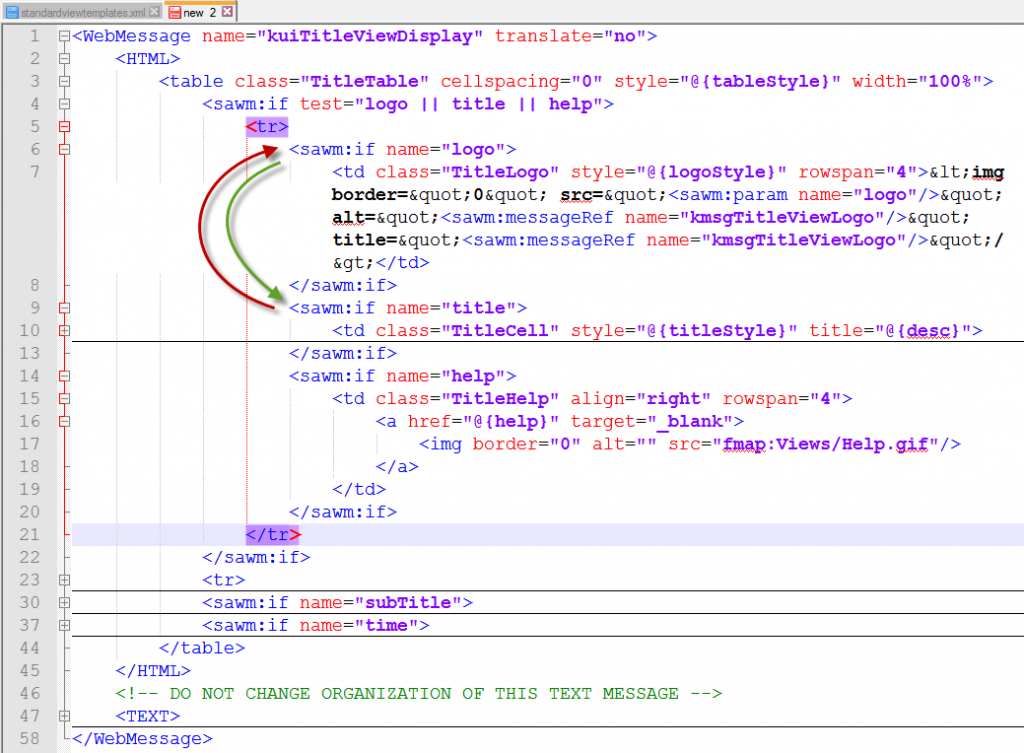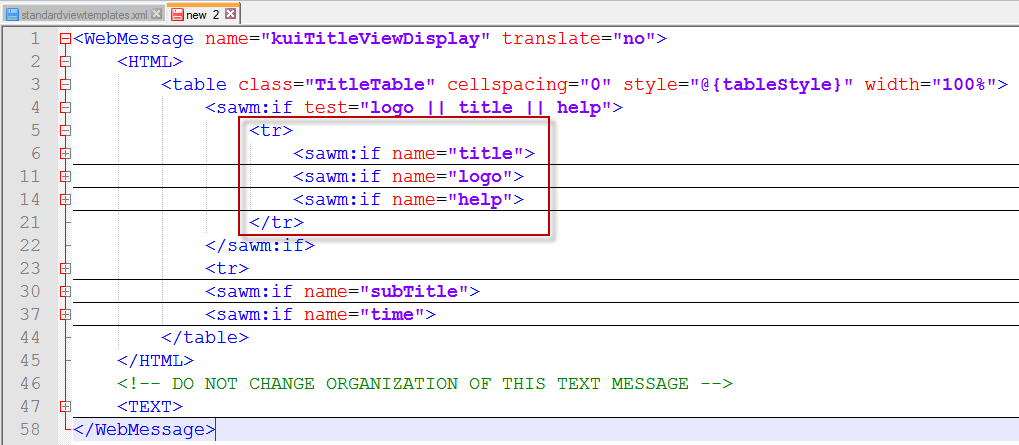Sometimes it can happen that user profiles within a web catalog become corrupted for any number of reasons. In order for these user profiles to be correctly re-initialized, there’s more to be done than just drop /users/JohnDoe from the web catalog.
All in all there are three distinct places which need to be cleaned:
- /users/JohnDoe
- /system/security/users/123456
- /system/security/acocuntids/987654
This is really important since especially the third place contains the translation between the userid and the effective GUID of the user. I’ve written a little script which takes the absolute path to the web catalog in question as well as the user to be purged and kills everything that’s necessary.
NOTE: This is a quick&dirty solution and I haven’t fool-proofed it with any check like “does the folder exist” etc. so use it cautiously and on your own risk.
I may get around to rendering it safer later-on, but since I was asked for it once more just today I thought I’d put it out there.
#
# Purpose: Completely purge a named
user from the web catalog with all his content.
#
#
# Author: Christian Berg
# Initial creation: 28/01/2014
# Absolutely no warranty, use at your
own risk
# Please include this header in any
copy or reuse of the script you make
#
# Current version: 1.0
#
# Change log:
# CBERG
28/01/2014 Intial creation
#

########################################################################################
# Step 1: Kill the users personal folder
plus content with its accompagning .atr #
########################################################################################
cd $1/root/users
find -type d -name $2 | xargs rm -rf
find -name $2.atr | xargs rm -f
########################################################################################
# Step 2: Kill the users entries in
/system/security/users
#
# Two files will be affected “username”
and “username.atr”
#
# Removal happens one-by-one
#
########################################################################################
cd $1/root/system/security/users
find -name $2 | xargs rm -f
find -name $2.atr | xargs rm -f
########################################################################################
# Step 3: Kill the users entries in
/system/security/accountids
#
# Two files will be affected. Accountids
contains the translation from GUID to #
# username, so the actual username
resides within the files content rather than its #
# name. Bulk removal.
#
########################################################################################
cd $1/root/system/security/accountids
grep -r -l $2 . | xargs rm -f
echo User $2 has been purged from the
web catalog.
exit 0



